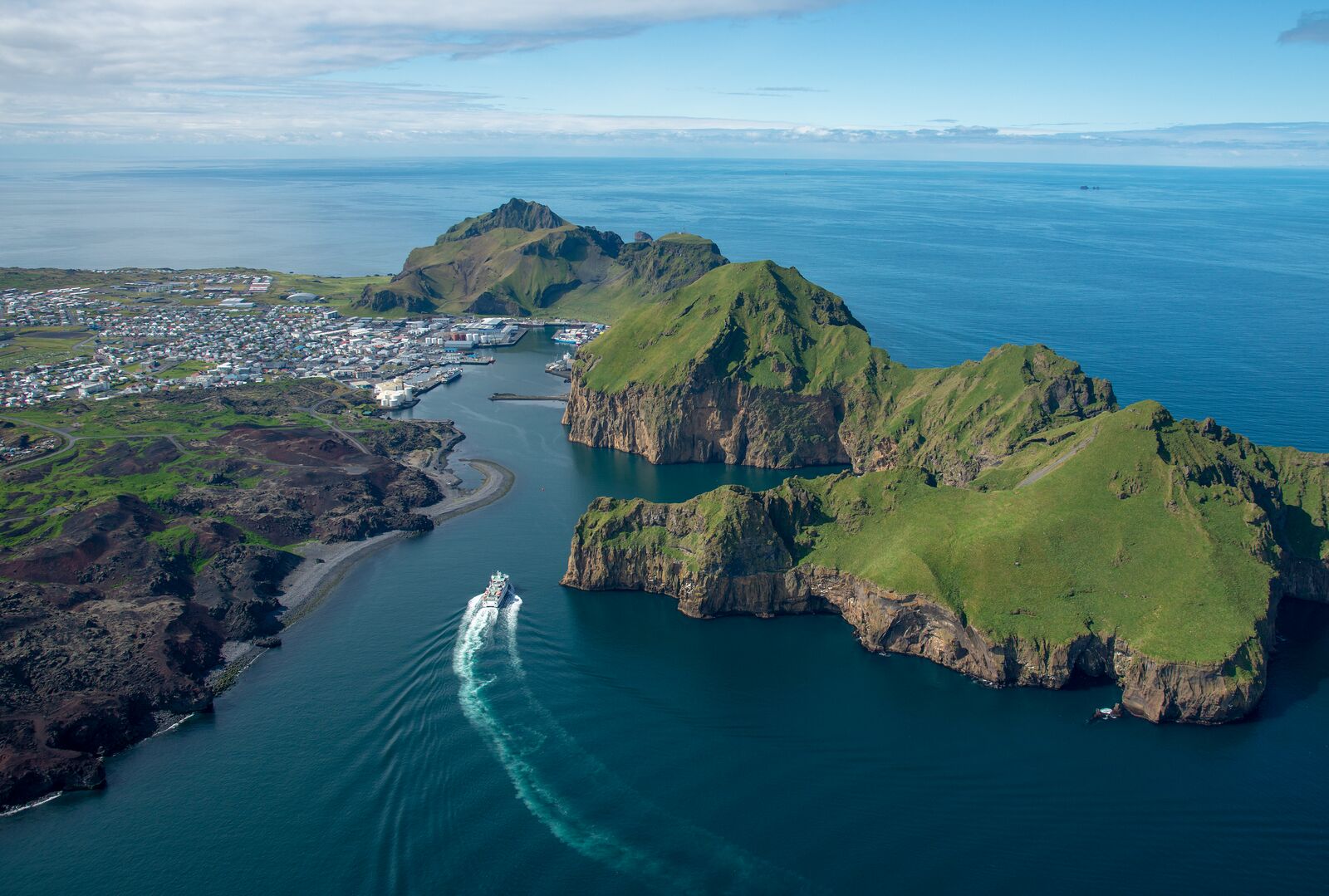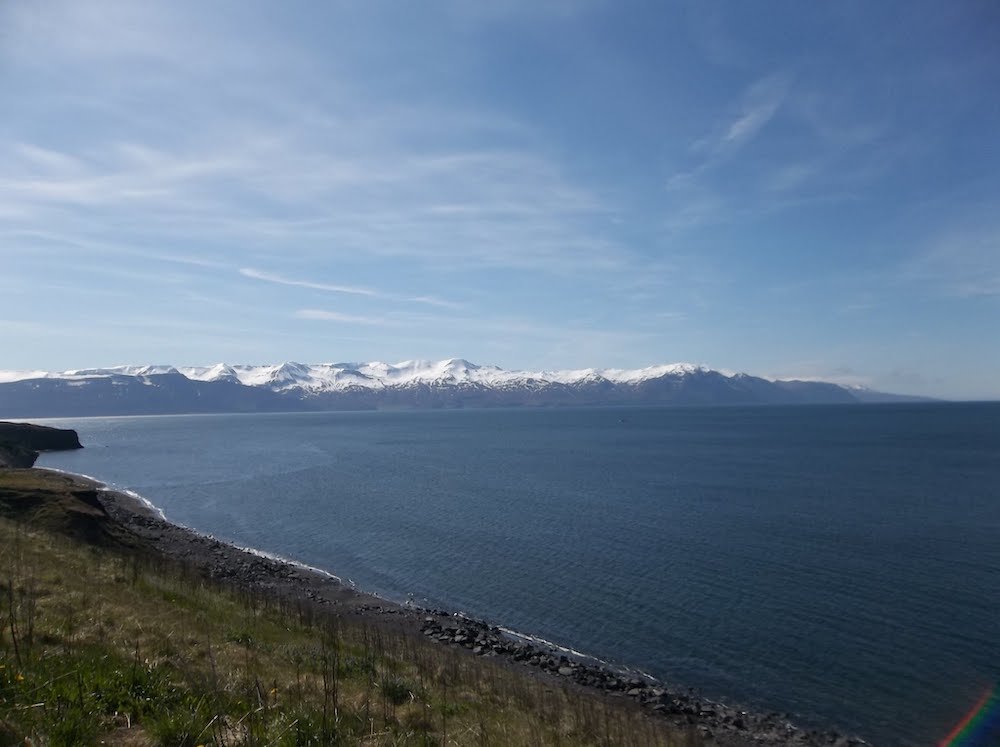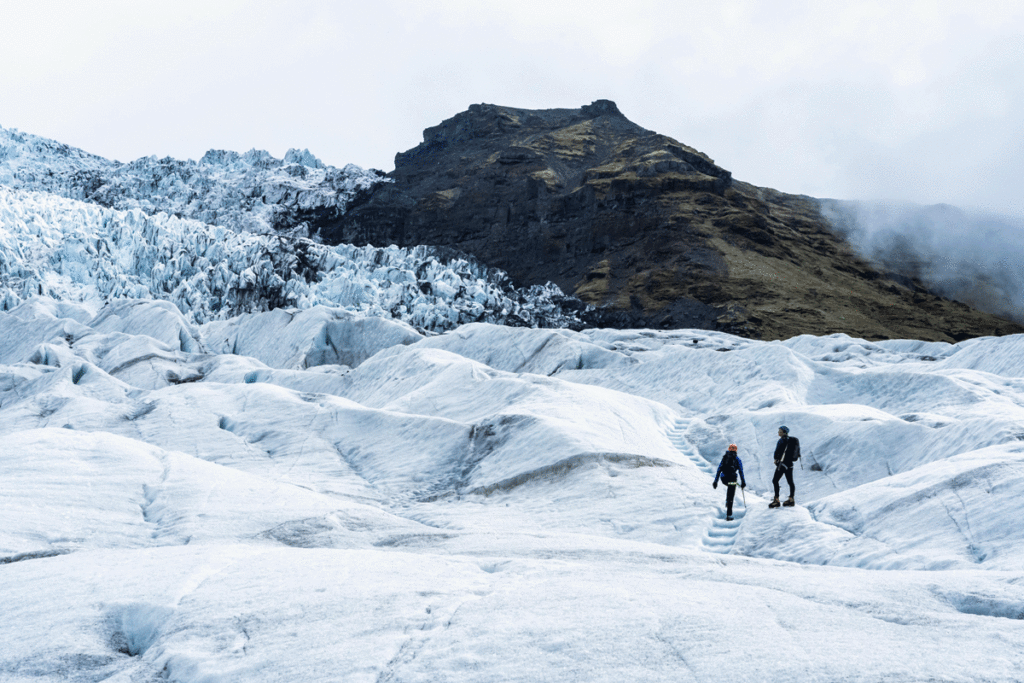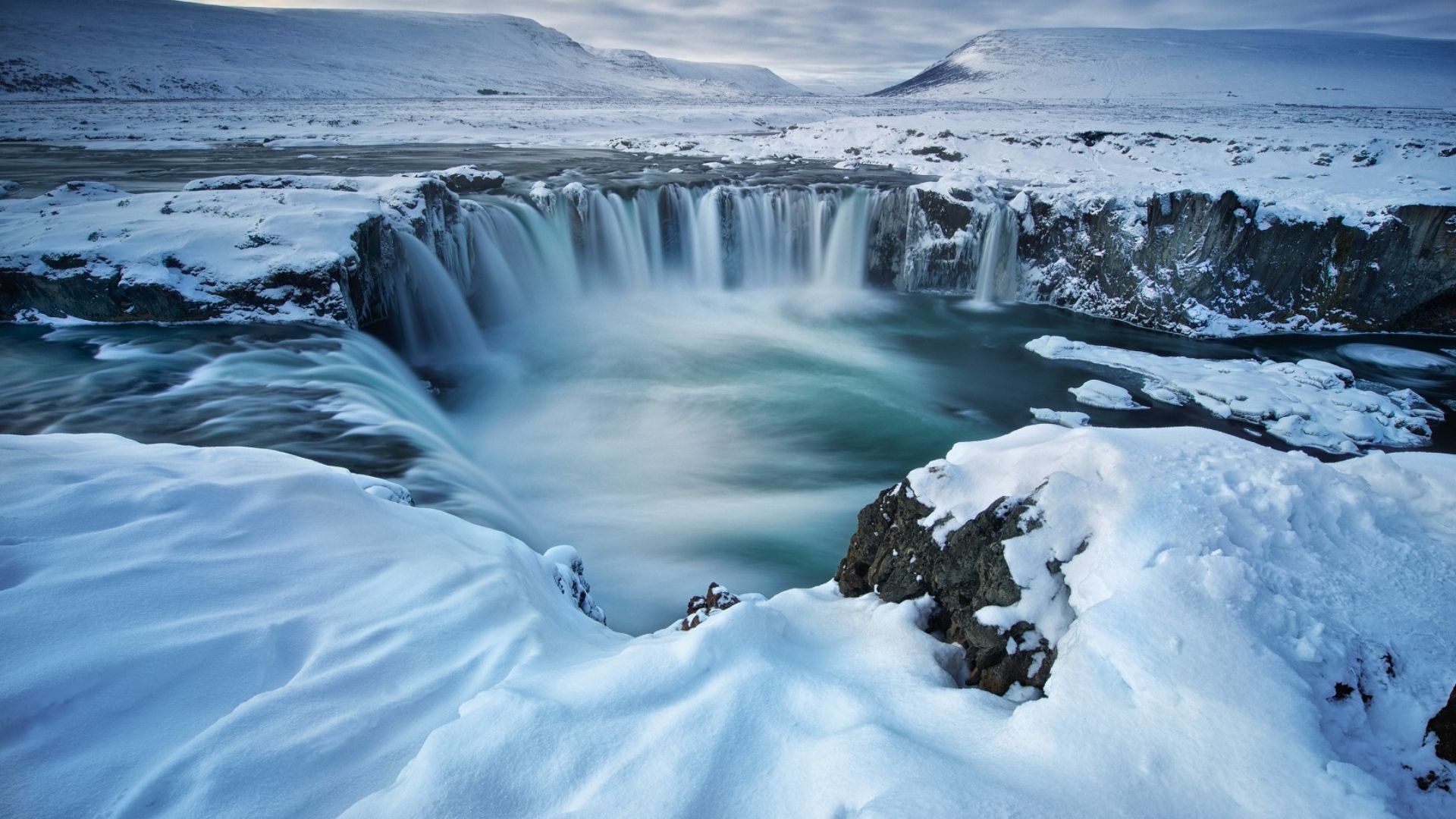INTRODUCTION OF ICELAND
Iceland is a Nordic island country located in the North Atlantic Ocean. It is situated between Greenland and Norway, and it has a population of around 360,000 people. Iceland is known for its stunning natural beauty, including glaciers, volcanoes, geysers, hot springs, and rugged coastlines.
The capital city of Iceland is Reykjavik, which is the country’s largest city and the northernmost capital in the world. Reykjavik is a vibrant city that offers a mix of modern architecture and traditional Icelandic culture. It is also home to many museums, galleries, restaurants, and bars.
Iceland’s economy is largely based on fishing, as it has a rich and diverse marine life. The country is also known for its geothermal energy, which is used to provide electricity and heating to homes and businesses. Iceland is a member of the United Nations, NATO, and the European Free Trade Association.
Iceland is a popular tourist destination, with visitors coming from all over the world to experience its unique culture and natural wonders. Popular tourist attractions in Iceland include the Blue Lagoon, the Northern Lights, the Golden Circle, and Vatnajökull, Europe’s largest glacier. The country also offers a range of outdoor activities, including hiking, skiing, and whale watching.
ESTABLISHMENT OF ICELAND
The settlement of Iceland is believed to have begun in the late 9th century by Norse explorers and settlers. The Icelandic Commonwealth, a decentralized government, was established in 930 AD, making it one of the oldest functioning parliamentary democracies in the world. The country remained independent until the 13th century when it came under Norwegian and later Danish rule. In 1944, Iceland gained independence and established the Republic of Iceland.
PEOPLE OF ICELAND
The people of Iceland are primarily of Nordic and Celtic descent, with some admixture from other European populations. The population of Iceland is relatively small, with around 360,000 people living on the island. The vast majority of the population lives in urban areas, with the largest city and capital being Reykjavik.
Icelandic society is generally considered to be egalitarian, with a high standard of living and a strong social safety net. The country has a well-educated population, with a literacy rate of close to 100%, and it is known for its strong emphasis on gender equality.
The Icelandic language is the primary language spoken in the country, and it is considered one of the most difficult languages in the world to learn. However, the vast majority of Icelanders also speak English, which is taught in schools from a young age.
Overall, Iceland is a small and homogenous country with a unique cultural heritage and a strong sense of community.
UNIQUENESS OF ICELAND
There are many factors that make Iceland a unique country:
- Geology: Iceland is located on the Mid-Atlantic Ridge, which is a boundary between two tectonic plates. This makes Iceland a geologically active country, with frequent earthquakes and volcanic eruptions. The country also has geothermal energy, which is used to provide electricity and heat.
- Nature: Iceland is known for its stunning natural beauty, which includes glaciers, waterfalls, hot springs, geysers, and rugged coastlines. The country also has a unique wildlife, such as puffins, Arctic foxes, and reindeer.
- Culture: Iceland has a rich culture that is rooted in its Viking heritage. The country has a strong literary tradition, and Icelandic sagas are considered some of the finest examples of medieval literature. Iceland is also known for its music, art, and cuisine.
- Language: Icelandic is a unique language that has changed very little over the centuries. It is one of the few languages that still use the runic alphabet.
- Sustainability: Iceland is a world leader in sustainable energy and environmental practices. The country produces almost all of its electricity from renewable sources, such as geothermal and hydropower. It also has strict regulations on fishing and whaling to ensure the sustainability of its marine resources.
These factors, among others, make Iceland a truly unique and fascinating country.
ENCHANTING LANDSCAPE OF ICELAND
Iceland is known for its enchanting landscape, which includes a diverse range of natural wonders. Here are some of the most notable:
- Glaciers: Iceland is home to several large glaciers, including Vatnajökull, which is the largest glacier in Europe. These glaciers have shaped the landscape over thousands of years, carving out deep valleys and creating spectacular ice caves.
- Geysers: Iceland has many geysers, including the famous Geysir, which is the namesake for all geysers. The most active geyser in Iceland is Strokkur, which erupts every few minutes, shooting water up to 30 meters in the air.
- Waterfalls: Iceland has many beautiful waterfalls, including Gullfoss, which is one of the country’s most famous waterfalls. Other notable waterfalls include Seljalandsfoss, Skógafoss, and Dettifoss.
- Hot Springs: Iceland is known for its many hot springs, which are heated by geothermal activity. The most famous hot spring is the Blue Lagoon, which is a popular tourist destination. Other notable hot springs include Landmannalaugar and Mývatn Nature Baths.
- Volcanoes: Iceland is a volcanic island, and it has many active and dormant volcanoes. The most famous volcano in Iceland is Eyjafjallajökull, which erupted in 2010, causing widespread disruption to air travel.
Overall, Iceland’s landscape is a unique and enchanting combination of ice, fire, and water. The country’s natural wonders attract visitors from all over the world, and they are a testament to the power and beauty of nature.
IMPACT OF ICELAND ON GLOBAL ENVIRONMENT
Iceland is a small country with a population of just over 350,000 people, but it has had a significant impact on the global economy in recent years. Here are some key ways in which Iceland has influenced the global economy:
- Financial Crisis: In 2008, Iceland experienced a major financial crisis that had a ripple effect throughout the global economy. The country’s banking sector collapsed, and the government was forced to take over the banks’ debts. This led to a recession and a drop in the value of the Icelandic krona. The crisis had a significant impact on the global financial system, as many international investors had invested heavily in Icelandic banks.
- Renewable Energy: Iceland is a leader in the use of renewable energy, with around 85% of its electricity coming from hydro and geothermal sources. This has led to a growing renewable energy industry in Iceland, with companies such as Reykjavik Energy exporting their expertise to other countries. Iceland’s experience in renewable energy has also inspired other countries to invest in renewable energy.
- Tourism: Tourism is a major contributor to Iceland’s economy, accounting for around 8% of GDP. The country’s unique natural landscapes, such as the Blue Lagoon and the Northern Lights, have attracted millions of tourists in recent years. This has led to the development of a thriving tourism industry, with new hotels, restaurants, and tour companies popping up across the country.
- Fishing Industry: Fishing has long been a key industry in Iceland, with the country’s waters rich in fish and other marine life. The fishing industry accounts for around 10% of Iceland’s GDP and is an important source of employment. Icelandic seafood is also exported around the world, with companies such as Iceland Seafood and Samherji operating in multiple countries.
Overall, Iceland’s impact on the global economy has been significant, from the financial crisis of 2008 to its leadership in renewable energy and its thriving tourism and fishing industries.

















